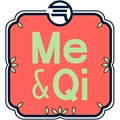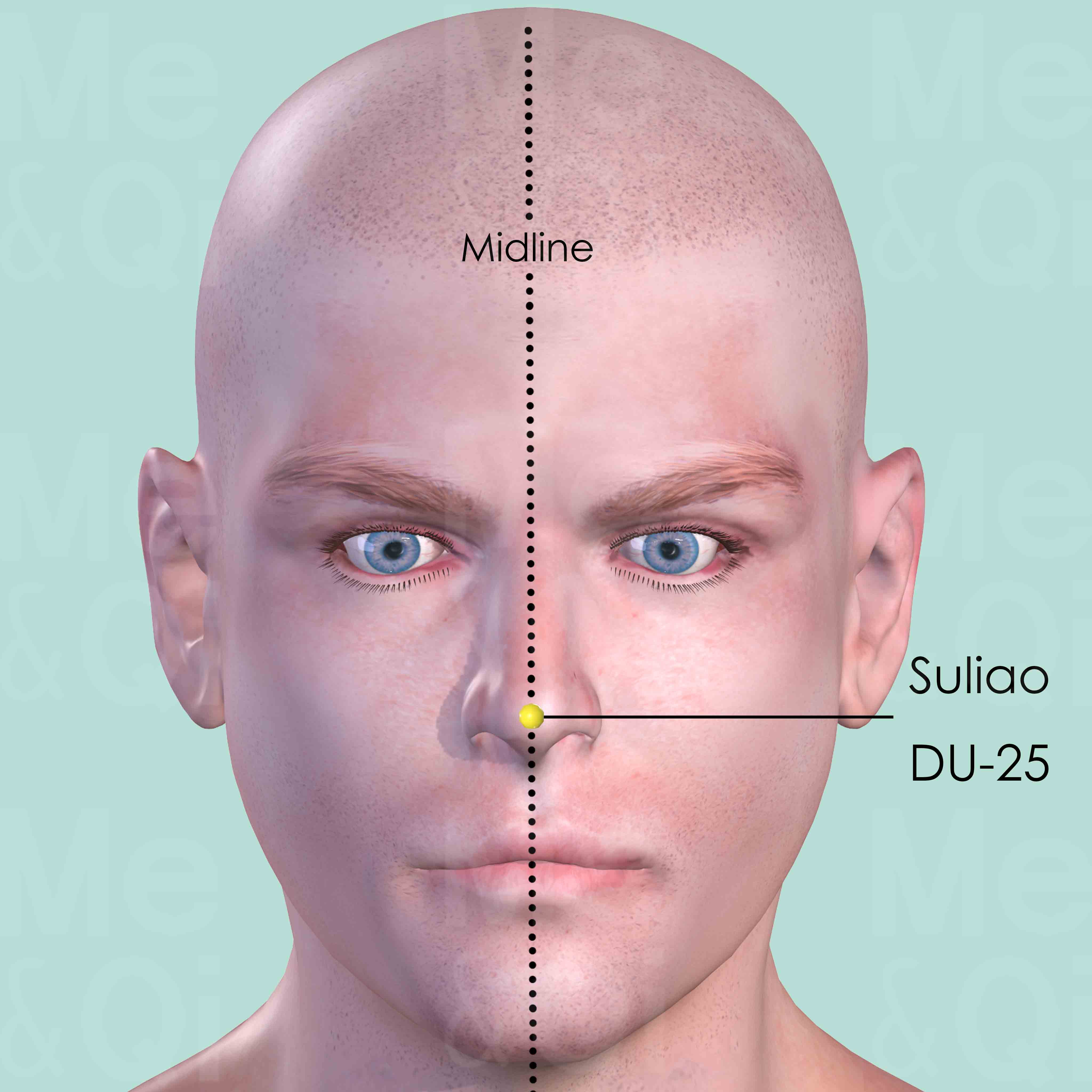Hypotensionaccording to TCM
Symptom family: Hypotension and Pulse Irregularities
Sub-symptom(s): Orthostatic Hypotension
TCM Herbal Formulas for Hypotension
Explore below some TCM herbal formulas used to address hypotension, organized by formula type.
- By Formula Type
- Formulas that warm and transform water and dampness
- Formulas that tonify blood
- Formulas that rescue devastated yang
Formulas that warm and transform water and Dampness
Hypotension can be treated by these formulas if it is due to cold-dampness obstructing the body's functions, requiring warming and damp-transforming actions.
One such formula is Ling Gui Zhu Gan Tang, with poria-cocos mushroom as a key herb.
Other formulas of this category are listed in the table below.
All "formulas that warm and transform water and dampness" recommended for hypotension
| Formula | Key herbs |
|---|---|
| Ling Gui Zhu Gan Tang | Poria-Cocos Mushrooms (Fu Ling) |
| Zhen Wu Tang | Prepared Aconite (Zhi Fu Zi) |
Formulas that tonify Blood
Hypotension can be treated by these formulas when it is due to blood deficiency, requiring blood-nourishing and enriching actions.
One such formula is Bu Gan Tang, with prepared rehmannia as a key herb.
Formulas that rescue devastated Yang
Hypotension can be treated by these formulas if it is a result of a severe depletion or collapse of Yang energy, requiring urgent restoration and warming actions.
One such formula is Hui Yang Jiu Ji Tang, with prepared aconite as a key herb.
Acupoints for Hypotension
See more details below about Suliao DU-25, an acupoint used to address hypotension.
- By Meridian
- Governing Vessel
TCM Herbs for Hypotension
Explore below some TCM herbs used to address hypotension, organized by herb category.
- By Herb Category
- Herbs that warm the interior and/or expel cold
- Tonic herbs for blood deficiency
- Herbs that drain dampness
Herbs that warm the Interior and/or expel Cold
Hypotension can be treated by these herbs if it is due to internal coldness or deficient Yang energy, working to warm the body and dispel cold.
One such herb is Prepared Aconite (Zhi Fu Zi), a key herb in some formulas recommended for hypotension, like Hui Yang Jiu Ji Tang.
Other herbs of this category are listed in the table below.
"Herbs that warm the Interior and/or expel Cold" recommended for hypotension
| Herb | Formulas they belong to (if applicable) |
|---|---|
| Prepared Aconite (Zhi Fu Zi) | Hui Yang Jiu Ji Tang | Zhen Wu Tang |
| Dried Ginger (Gan Jiang) | Hui Yang Jiu Ji Tang |
| Cinnamon Bark (Rou Gui) | Hui Yang Jiu Ji Tang |
Tonic herbs for Blood Deficiency
Hypotension can be treated by these herbs in cases of blood deficiency, working to nourish and replenish the body's blood supply.
One such herb is Prepared Rehmannia (Shu Di huang), a key herb in some formulas recommended for hypotension, like Bu Gan Tang.
Other herbs of this category are listed in the table below.
"Tonic herbs for Blood Deficiency" recommended for hypotension
| Herb | Formulas they belong to (if applicable) |
|---|---|
| Prepared Rehmannia (Shu Di huang) | Bu Gan Tang |
| White Peony Roots (Bai Shao) | Bu Gan Tang |
Herbs that drain Dampness
Hypotension can be treated by these herbs when caused by excessive dampness in the body, aiding in eliminating damp through diuretic action.
One such herb is Poria-Cocos Mushrooms (Fu Ling), a key herb in some formulas recommended for hypotension, like Ling Gui Zhu Gan Tang.

